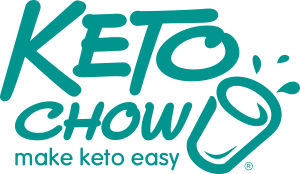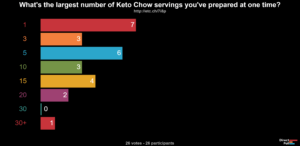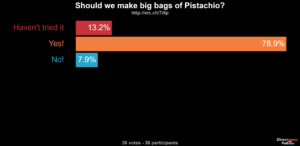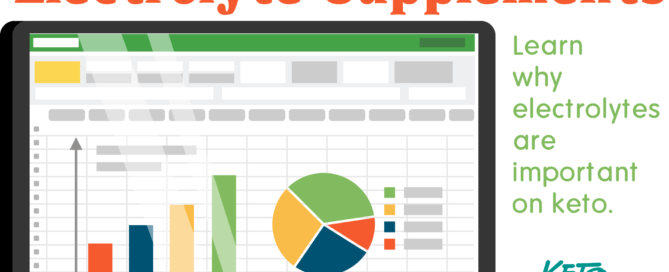Does a keto diet need intermittent fasting?
When researching keto online, you generally won’t get very far without running into information about intermittent fasting (IF). The two ideas are spoken about together so often that it’s no wonder some people feel like they have to go hand in hand.
What *IS* Intermittent Fasting?
Most commonly, this term refers to skipping one or two meals, and/or eating during a small window of time each day. Think of it as the complete opposite of snacking! This is more accurately referred to as “time restricted eating.” You may hear people refer specifically to something 18/6 fasting or 20/4 fasting, etc. (This would be fasting for 18 or 20 hours, with an eating window of 4 or 6 hours), but we’re not going to get into the weeds here. In the context of this article, we’re going to stick to the more common term (“IF”) where we’re talking about skipping breakfast and sometimes lunch and compressing your eating window.
Keto and Intermittent Fasting
IF is popular in the keto community because it reinforces some of the main benefits of keto: reducing brain fog, lowering insulin and blood sugar, and supporting weight loss. But is it necessary?
The easy answer is no! Your keto journey is yours and you can decide what will work best for you. Although IF is flexible, you may still find that your schedule, family or living arrangements, job, or other factors make it difficult or impractical for you to implement IF consistently. Or you may decide it works best for you to only fast occasionally. You may even find you just enjoy keto more without IF. However you feel about IF is totally valid! No matter how many of your fellow keto-ers are using it in their journey back to health, it doesn’t mean you have to. No “keto police” are going to knock on your door and say that you’re doing keto wrong because you are not fasting.
Will I still get the benefits of keto without intermittent fasting?
Absolutely! IF is simply an additional tool you can add to your kit if you choose to. It’s a tool that many people find extremely helpful to speed up or increase some of those benefits, but it’s certainly not a requirement.
Is IF right for me?
It is always best to talk with your doctor or other healthcare professional before making a decision like this. One important thing to remember, however, is that there’s more to IF than the physical aspect! If intermittent fasting for you results in a negative relationship with your keto journey in any way, it may be helpful to take a step back. Keto on in the meantime, of course! But if you decide to come back to IF, you may want to consider how to change your mindset in approaching it so that it’s more successful, sustainable, and enjoyable for you. Remember, staying keto long term (without fasting) is ultimately more beneficial than giving up after combining it with IF short term.
How can I have a healthier mindset when it comes to fasting?
Nobody wants to feel deprived, but that can be the default emotion when you implement IF. Sometimes even just being aware of that can help! When that feeling comes up, you can remind yourself, “I’m not depriving myself. This is a choice I am making because it makes me feel healthier and happier.” And instead of “I can’t eat until 6:00 tonight,” perhaps a simple reframing can help. “I’m choosing not to eat quite yet.” Always be kind to yourself, and take a break when you need to.
Sounds great, but how do I get started?
We have a whole article all about that but the tl;dr version is you just wait a little longer between meals. Easy peasy!
As always, keep calm and keto on!





















